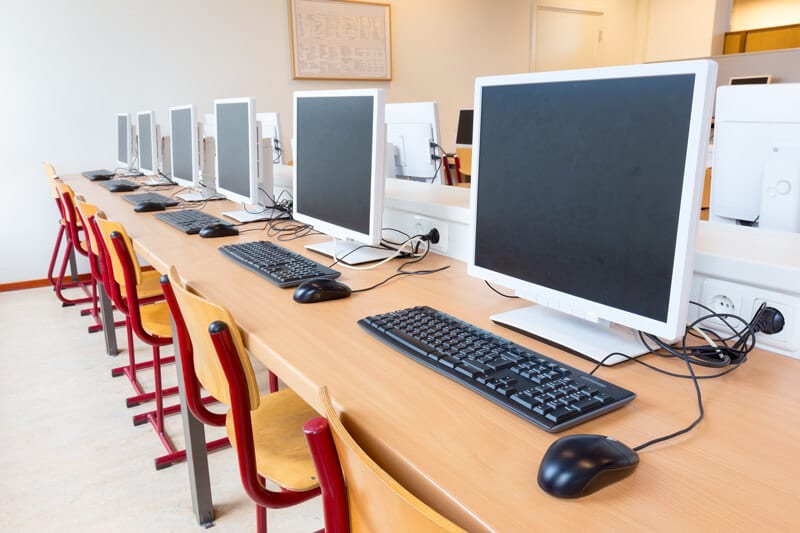Most of the schools in Somalia are indeed owned and run by uneducated people, whose mere reason for the schools is to make money without considering the future outcomes for the young people who attend them.
I have met many school owners to try to convince them, for example, that deploying computers will help students learn more and get exposed to the digital revolution taking place all over the world. The answer I always get is a quick look of surprise that I have just asked for the deployment of some computers to the school to introduce the young people to digital literacy and IT in general.
When you go deep, the reason for this surprise look is a lack of grasp of the situation in the world in terms of the importance of digital education for schoolchildren in any country in the world today.
There is also thinking that as long as the very basics are provided, like a classroom, a teacher, and a whiteboard, the job is done, and everyone should receive a tap in the back to congratulate them for a job well done. This is really what I have observed in Somalia, and if you try to reason with them about the assumption they have, you don’t go too far with them. They would just block you because you are off the mark according to their thinking and you don’t understand the situation.
Another big issue that I have seen is that most of the teachers employed are known to the owners of the schools, such as being nephews, nieces, son of friends, etc. Particularly important subjects such as math, languages, and science are given to family members, which is clear nepotism. The teachers who teach these subjects command a higher salary than other subjects, for example.
To me, this lack of progress towards changing the way students are taught in schools is what makes Somali education currently very poor.
For instance, a computer locally, such as a laptop or desktop in Somalia, costs around 400 US dollars. So, let us say the school needs 50 computers; the cost will be 20,000 US dollars. If the number of students in the school, let us say, is 1,000 (I am talking about big cities in Somalia), the cost per student for that 20,000 US dollars becomes just 20 dollars each. The family of the students plus the school owners can easily buy that number of computers to educate their children in the digital literacy necessary for the 21st century.
Also, the number of students in classrooms in Somalia is mostly 50 to 60, particularly in secondary schools. So, the 50 computers are very much enough for students to learn IT throughout the year. These computers that cost the amount above could last up to 7 years if looked after properly. So, the cost of a computer to a student is very cheap.
It all boils down to a lack of willingness to change on the part of the school owners and a lack of government policy to force the owners to change. School principles are like robots, because they don’t do anything other than what the school owners tell them. So, they don’t have a vision, and they are not allowed to exercise any developmental initiatives regarding the introduction, for instance, of a new technology, extra curricula, and so on.
As proven time and time again, when technology is deployed in schools where access to books is limited or unavailable, learners gain new insights from that technology, such as computers and the internet, which in turn improves the overall outcome of their educational trajectory.
The Internet is the largest library ever created, and the way it can mitigate the disparity that exists, such as shortages of appropriate teachers in many developing countries, a lack of books, etc., is a very important element to be considered. It is also clear that deploying computer labs to schools with internet connections will help overcome those disparities in many instances. Subjects like math, languages, and science could be easily learned online to supplement the deficiencies that exist in those subjects across schools in Somalia.
However, when there is no interest in educational improvement from people such as those who own and run schools in Somalia and a lack of responsible government, such benefits will be far from those who most need them, such as the schoolchildren of Somalia and those in similar places in the world.
The reason why uneducated people own most of the schools in Somalia is the collapse of the Somali state in 1991 and the subsequent prolonged civil war that plagued the entire country.
Let us hope that this situation changes for the better as soon as possible, because the beauty of technology today is how quickly it can transform lives and opinions and improve educational opportunities for those who are lucky enough to get their hands on it.
Siyad A Yusuf
